Today we are looking at the Intel Core i5-3450, which is a fairly fast Ivy Bridge CPU. Recently we looked at the Intel Core i7-3770 and found it to be an able performer. For those looking to save a few dollars, the Core i5-3450 sells for under $200 and is plenty fast for most workloads today. The Core i5-3450 has similar clock speeds (3.1GHz base and 3.5GHz max turbo) as the Intel Xeon E3-1220 V2 reviewed earlier. The Intel Core i5-3450 does not support Intel VT-d, TXT, vPro or ECC memory like its Xeon counterpart, and loses 2MB of cache putting it at 6MB. On the other hand, the Core i5-3450 does have Intel HD 2500 graphics which is fairly capable for 2D work and only adds 8w to the package’s TDP leaving the Core i5-3450 at 77w. Let’s take a look at the performance of the Core i5-3450.
Test Configuration
The trend with Z68 and Z77 chipsets are that the integrated GPUs are more than adequate for basic 2D output. If you are looking for a workstation with a lot of CPU need but where 3D GPU performance was not needed, then Intel’s on-die graphics are going to be “good-enough” for many users one one can use the third-gen PCIe slots for more I/O performance. With that being said, most Z77 buyers will still use discrete GPUs.
- CPU(s): Intel Core i5-3450
- Motherboard: ASUS P8Z77-V Pro
- Memory: 32GB (4x 8GB) G.Skill Ripjaws Z DDR3 1600
- Drives: Corsair Force3 120GB, OCZ Vertex 3 120GB
- Chassis: Norco RPC-4220
- Power Supply: Corsair AX850 850w 80 Plus Gold + PicoPSU 150XT with 150w power supply.
Intel Core i5-3450 Performance Tests
I will start off this section by saying that the standard test suite was built to test 1-8 thread single CPU systems such as the Sandy Bridge and Ivy Bridge Intel Xeon CPUs. With platforms like this one, I have been slowly altering the mix. Clearly, one would expect a different workload between dual Xeon E5-2690 CPUs and something found in a low-end, low-power server like a Pentium G630. Moving to the 16-64 core realm where the Xeon E5 series will play, that is becoming the norm today, I think that it will become ever more important to develop a second test suite.
Cinebench R11.5
I have been using Cinebench benchmarks for years but have held off using them on ServeTheHome.com because the primary focus of the site until the past few months has been predominantly storage servers. With the expansion of the site’s scope, Cinebench has been added to the test suite because it does represent a valuable benchmark of multi-threaded performance. I have had quite a few readers contact me about this type of performance for things like servers that are Adobe CS6 compute nodes and similar applications. Cinebench R11.5 is something that anyone can run on their Windows machines to get a relative idea of performance and both Ivy Bridge, Sandy Bridge and Sandy Bridge-EP systems run it well.
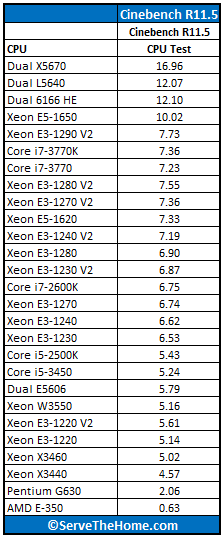
As you can see, Hyper-Threading on a well threaded benchmark can help a lot as the Intel Core i7-3770 is much faster in Cinebench. The Intel Core i5-3450 is slightly slower than its Intel Xeon E3-1220 V2 counterpart.
7-Zip Compression Benchmark
7-Zip is an immensely popular compression application with an easy to use benchmark.
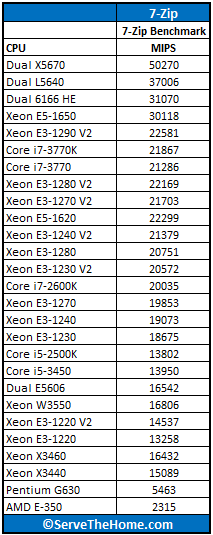
Here again we see the Intel Core i5-3450 competitive with the Sandy Bridge generation Core i5-2500K (at stock clocks) and only slightly slower than the Intel Xeon E3-1220 V2.
TrueCrypt Encryption Benchmarks
With Intel’s focus on its AES-NI features TrueCrypt can look a bit skewed. Unlike some dubious drivers over the years that were optimized for benchmarks over real world application, Intel’s AES-NI feature does encompass the addition of specialized hardware. This specialized hardware has many practical uses and is becoming more supported. For example, users of Solaris 11 can utilize the AES-NI features to see much higher throughput on encrypted volumes. AMD has started offering AES-NI with their Bulldozer CPUs, and I will have those results added to future pieces. Let’s see how Intel does here.
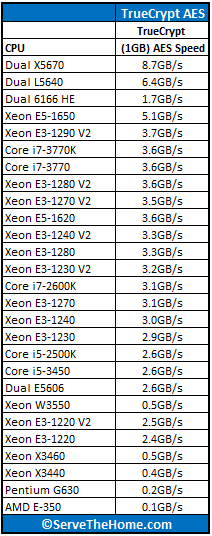
Here we have a dead heat between the Intel Xeon E3-1220 V2, the Core i5-3450 and the Core i5-2500K. I do average these figures out and all three CPUs are very close in performance here so rounding made the biggest difference.
Handbrake 0.9.5 x264 Encoding Benchmarks
I am still using Handbrake v0.9.5 simply because the Handbrake team does do some nice tweaking between annual versions and all of the other CPUs have been tested with v0.9.5. We will begin to collect data on v0.9.6 and start using that once we have critical mass. Either way, Handbrake is an extremely popular x264 encoding and transcoding application as it is very common practice these days to encode video for various tablets, phones and other devices. These transcodes also take a fair amount of time so having faster CPUs is important.
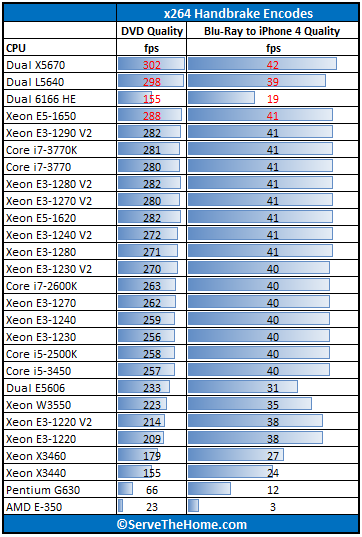
Again, very similar performance. So I am going to skip the discussion here. Still Ivy Bridge is making a strong showing.
Power Consumption
Intel’s move to 22nm is something hearlded as a new era in lower power consumption, especially with tri-gate technology and future process improvements that will increase that number. Using an Extech 380803 True RMS power analyzer which is a really nice unit that even records usage over time.

On one hand, we see very Ivy Bridge like power consumption differentials here so there is not much of a surprise for a lot of readers. Frankly, I am a big fan of sub-100w power consumption from a complete and fast system. I also wanted to point out that if you do run a ton of fans off of the power supply, you will likely increase power consumption significantly.
Intel Core i5-3450 and HD 2500 Graphics WEI Score
This is not a normal test we have been running in 2012, but the Intel Core i5-3450 is going to be using its onboard GPU in a lot of applications.
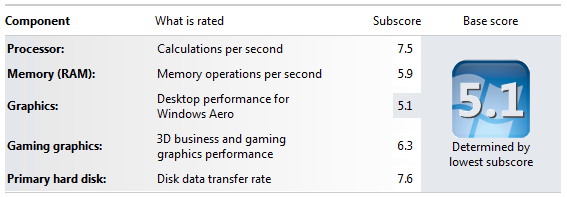
On one hand, the Core i5-3450 is getting a 6.3 on Gaming graphics. I am sure a lot of OEMs will tout this performance but I would strongly advise against actually attempting to play more than browser games with the onboard GPU. I am not sure it matters much that the Core i7-3770 and Core i7-3770K come with more significant on-die GPUs because when it comes to 3D performance, none are really adequate.
Conclusion
My biggest wish with the Intel Core i5-3450 is that it does not have a lot of features I would want from a midrange chip. At $190 retail I think there is a strong case to be made for looking at the $100 more expensive Core i7-3770 which has more performance both on the CPU and GPU side, but also has support for features that will be more important in the future. Overall, I did really like the power consumption of the Core i5-3450. At the same time, at around $250 there is the Intel Xeon E3-1225 V2 which has an onboard GPU, more cache, support for ECC, VT-d, TXT, vPro and etc. With all of this being said, I can just as easily look at it the other way. A huge portion of users are just fine on slow ARM CPUs, so the Intel Core i5-3450 is a hot rod to most users. Saving $100 for these applications over other CPUs would be well advised. With that being said, the new Intel Core i3-3200 series is just showing up and those cost even less while still offering a lot of performance.
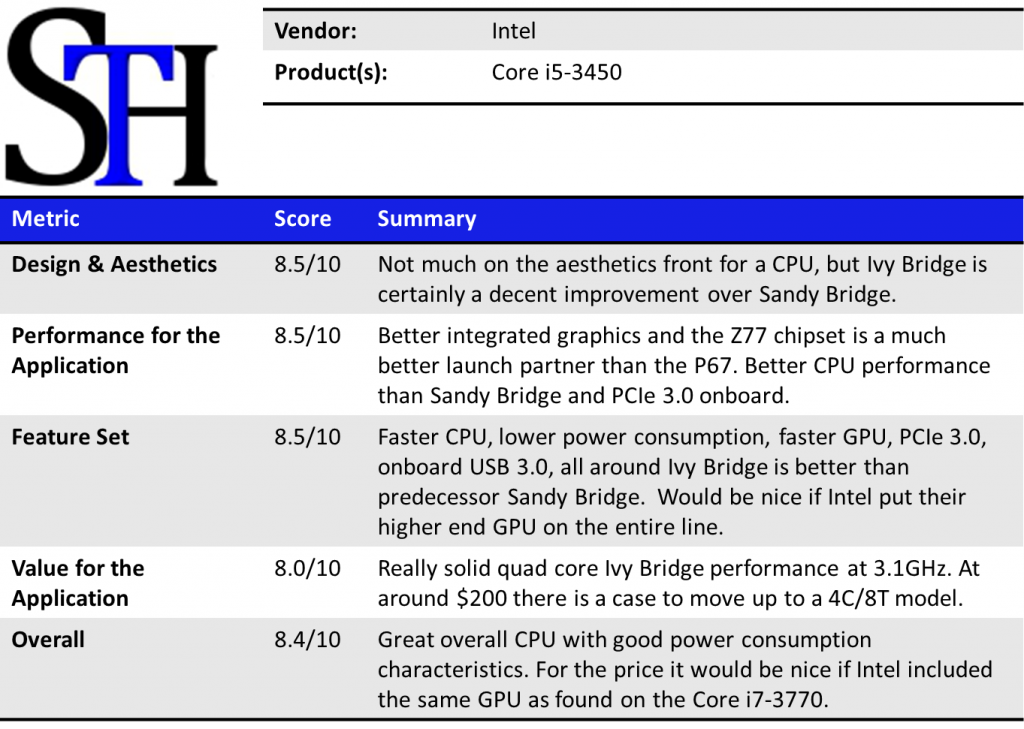

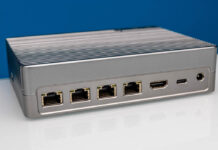
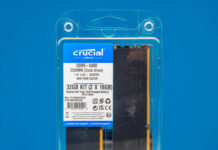
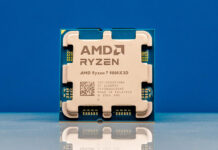
Patrick,
Do you think it would be possible to start highlighting the specific chip you are testing in the lists that you create? It would make it much easier and quicker to get a bird’s eye view of how the CPU stacks up against it’s brethren and/or competition.
James… was thinking the same thing recently. Great thought. Appreciate the feedback.